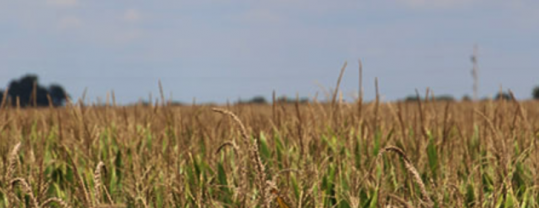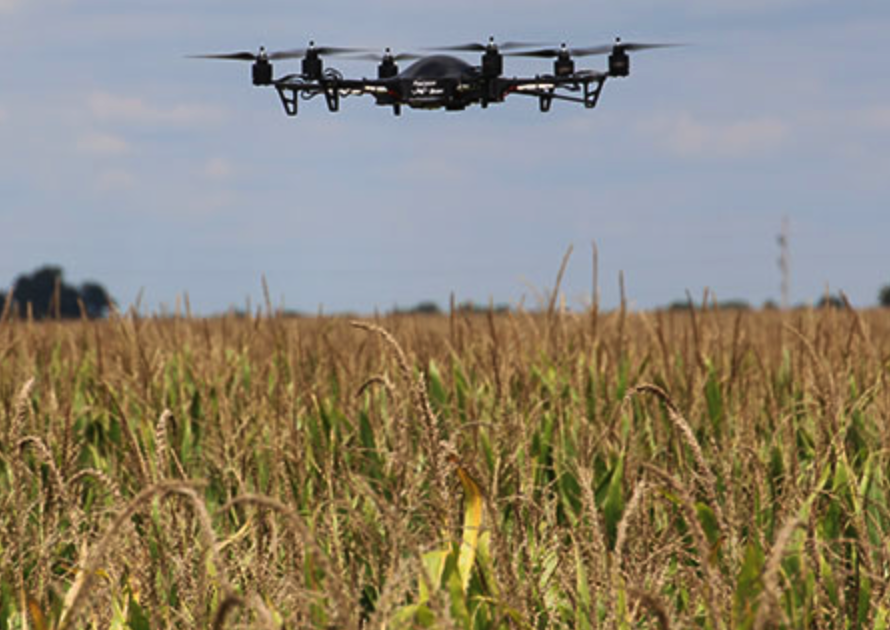While most farm equipment sales languish in a line-chart valley, sales of unmanned aerial vehicles (drones) are on an upward trajectory.
“Farmers have gobbled up UAVs left and right,” Robert Blair, an Idaho farmer who has been a pioneer in UAV applications for agriculture, recently told DTN/The Progressive Farmer. “2016 will be the year of the UAV.”
A multitude of manufacturers have launched a variety of aircraft in the past few years — from hover crafts not much more sophisticated than toys to $50,000 fixed-wing air craft that can buzz along at 50 miles per hour and take near-infrared photos.
New product introductions will continue, but the weeding out process for manufacturers has begun. Some manufacturers have already closed their hangar doors. “It’s like the early days of the automobile industry when you had lots of people getting into it,” Blair said. “Now we’ve reached a point where there will be some attrition.”
He expects to see consolidation among manufacturers this year and in the near future. Weak manufacturers will stumble out of the marketplace. Strong manufacturers will survive, and their products will improve as they consume technologies from companies that have crashed and burned.
The Federal Aviation Administration will play a key part in how much UAVs advance in agriculture. The agency has struggled to formulate regulations for an industry that has expanded exponentially over the last years. Indications are that the FAA finally will post rules for commercial UAV operators this summer.
In December, the agency created a stir when it ruled that hobbyist UAV owners must register their vehicles. But it’s clear to observers that commercial users can expect more stringent rules. Some in the industry forecast that commercial UAV operators — including farmers — would have to undergo training and be licensed.
The first set of regulations will be for those who use UAVs only for taking photos and videos, insiders speculate. Later regulations will cover other UAV applications — spraying crops, for instance. These are likely to be tight and require yet more training.
Some companies and individuals already have FAA Section 333 exemptions, which allow them to fly UAVs for some commercial purposes. But along with exemptions comes bookwork. Anyone with an exemption has to file a Notice to Airmen (NOTAM) with the FAA at least 72 hours before a flight. The NOTAM must specify when, where and why the UAV will fly. If for some reason the flight does not happen when planned — say the weather doesn’t cooperate — a new NOTAM is required.
Blair questioned whether many farmers really would be able to justify the personal time and effort necessary to get the most benefit from UAV technology. He gave three reasons farmers probably will hire someone to implement drone technology for them:
1. Do you want another job that takes time away from other farming activities?
2. Crunching data takes experience.
3. Do you want to do all the paperwork the FAA will require?
“They [farmers] would almost need to be a GIS specialist,” Blair said.
Then there is the expense. For a commercially viable UAV operation, Blair said, farmers should expect to pay $20,000 or more for a vehicle, sensors and software. He expects fixed-wing configurations will be the choice of professionals because they can carry a bigger payload and can stay aloft longer. “It’s all about covering more acres quickly,” he said.
Blair has an interest in farmers hiring others to do UAV work for them. He heads the ag division for the UAV technology company Measure, which provides UAV services to a variety of industries. It offers introductory and turnkey operations to customers who want to fly UAVs, collect data and process that data into useable information.
As the UAV industry booms, Measure might be the tip of a new service sector. Look for more such companies to emerge in 2016.


